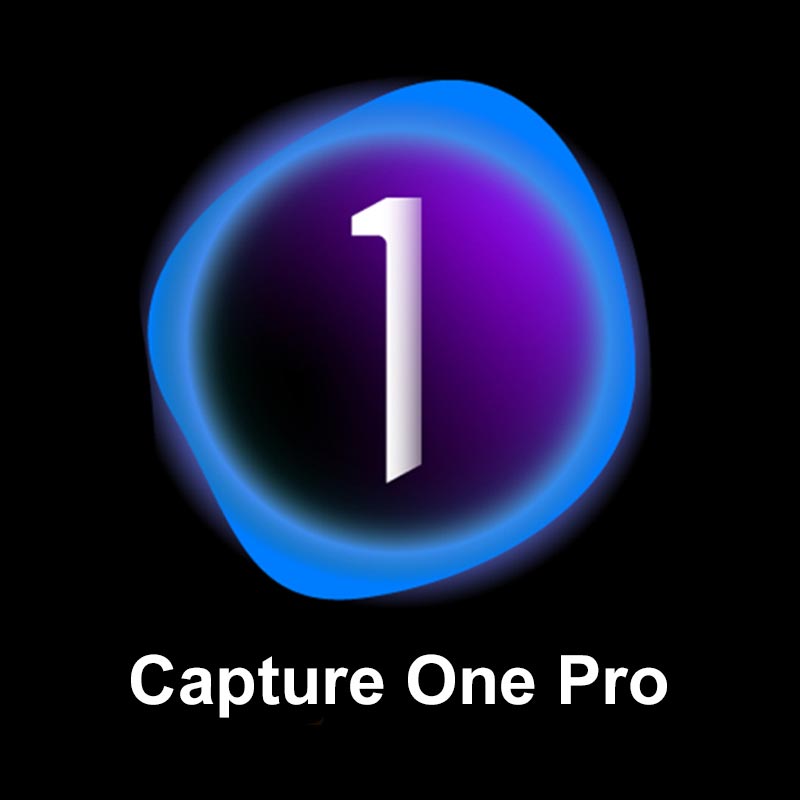Best Selling Products
5 Camera Legends That Have Been Erased in the Technology Race
Nội dung
From market leaders to pioneering innovators, everyone can fall victim to staying stuck in their comfort zone and not embracing change.

The world of technology is constantly changing. In photography, a field that was once synonymous with creativity and engineering, the life cycle of prestigious brands can end in just a decade if they fail to keep up with the changes. From market leaders to pioneering creators, everyone can fall victim to staying stuck in their comfort zone and not embracing change.
In this article, we look back at five once-famous camera brands that were "killed" because they couldn't keep up with the times. These stories are not only technological tragedies, but also valuable strategic lessons for any business operating in the digital age.
1. Kodak
As one of the most iconic brands of the 20th century, Kodak once held over 90% of the film market share and 85% of the camera market share in the US. But the irony is that they were the first to pave the way for the digital revolution and also the biggest loser because they refused to follow the path they pioneered.
In 1975, engineer Steven Sasson invented the first prototype digital camera at Kodak. But instead of welcoming this breakthrough, the management saw it as a threat to their cash cow film industry. They passed on the opportunity to commercialize the invention, fearing it would hurt their current profits.
(1).png)
Kodak was trapped in a razor-and-blade business model: selling cheap cameras to make money on film and chemicals. The very model that had once made them dominant in the market became shackles, preventing them from making short-term trade-offs for the long-term. When digital took over, Kodak responded slowly, reluctantly, and halfheartedly. They launched digital products too late and failed to convert their intellectual property into competitive advantage.
Kodak does not lack patents or resources. What they lack is the mindset to “cannibalize” themselves to adapt. This is clear evidence that technological innovation is not enough, what is more important is innovation in strategy and business model.
2. Polaroid
Polaroid is synonymous with the phrase “shoot and see.” Founded by Edwin Land, Polaroid started the instant photography revolution in 1948 and dominated the market for decades. But what was once a competitive advantage became a fatal weakness when digital photography emerged.
Polaroid should have been the first to embrace digital because they understood the value of immediacy. Instead, they continued to invest in chemical imaging technology, believing that digital was not “good enough” and was not worthy of replacing it. They failed to realize that “immediacy” had been redefined as not just quick printing, but instant sharing via social media, cloud storage, and smart editing.
.png)
With Polavision (instant video system), Polaroid continued to bet on chemical technology. But the market chose VHS, a more digital, cheaper, more flexible technology. In the end, they realized too late that the core was not the technology, but how users redefined the experience.
Despite winning a patent infringement lawsuit against Kodak, that legal victory could not save Polaroid from strategic failure. In 2001, they declared bankruptcy. All that remained was a nostalgic brand that lived on through analog film collectors and the retro movement.
3. Contax
Contax represented the pinnacle of mechanical and optical engineering. Backed by Carl Zeiss and Kyocera, Contax was once considered the ultimate choice for photographers demanding high-quality images. But in the digital photography game, what was once an advantage has become blurred.
Although they were the first to introduce a full-frame DSLR (Contax N Digital), they failed because the product lacked practicality: slow speed, high noise, high price, and incompatible mounts. Contax traded in its old lens system (C/Y mount) for a new mount standard (N mount), forcing users to abandon all their old equipment, something Canon and Nikon wisely avoided by maintaining backward compatibility.
.png)
In a digital world where images are viewed primarily on screens and shared online, the distinction between Zeiss lenses and their low-cost competitors is no longer so clear. The average consumer is no longer willing to pay a premium for optical sophistication that is barely perceptible to the naked eye. Good products are no longer the deciding factor, but connectivity and post-production support are what users need.
In 2005, Kyocera announced that it would stop producing all Contax cameras. A famous brand officially disappeared not because of a loss of quality, but because it lost its connection with the times.
4. Konica Minolta
Konica and Minolta are two of the oldest names in the Japanese optical industry. When they merged in 2003, they brought with them rich heritage and strong technical capabilities. But what they lacked was a clear strategy for navigating the transition from film to digital.
Minolta was a pioneer with autofocus and image stabilization. But instead of developing their own DSLR system, they invested in the DiMAGE A1 bridge camera, which was an impractical choice in the era of DSLR boom. When they decided to jump into DSLR, they were far behind Canon, Nikon, and even Pentax.
The partnership with Sony in 2005 seemed like a chance for a rebirth, but it ended up being a farewell. Konica Minolta withdrew from the camera market, leaving all the technology to Sony, who later rose to dominate the mirrorless market. It could be said that they planted the seeds of a new empire but were not named in the results.
.png)
This is a classic example of a company that is good at technology but weak in strategy. They innovate but lack long-term vision and sustainable ecosystem. They are creative but do not know how to reposition themselves in the whirlwind of change. And so, they get swept away.
5. Bronica
Bronica was once a formidable rival to Hasselblad in the medium format camera segment. With their flexible modular design, sharp lenses and more reasonable price, they were popular in wedding, fashion and commercial photography.
Bronica had the potential to be a leader in digital transformation in large format photography, but they failed to seize the opportunity to develop a digital back. They did not partner with Phase One, did not integrate digital solutions, and did not build a suitable ecosystem.
When Tamron acquired Bronica in 1998, instead of investing in development, they gradually withdrew from the camera field to focus on lenses. By 2005, the last product line RF645 was discontinued, Bronica officially withdrew from the market.
Meanwhile, companies like Hasselblad, Phase One and Fujifilm continue to serve the high-end segment with complete digital solutions. Bronica, which was once between opportunity and advantage, chooses to stay out of the game.
.png)
6. The trap of former leaders
There is one common thread running through all five cases: they were all pioneers, but their leadership positions made them passive, conservative, and inflexible. This is the “Innovator’s Dilemma” that Professor Clayton Christensen describes.
They make three common strategic mistakes:
Underestimating changing user behavior : They believe that old needs will continue to exist and that new technology is just a supplement, not a radical replacement.
Over-reliance on technical legacy : High quality is no longer a differentiator if it is not accompanied by a friendly, integrated experience that is tailored to digital needs.
The Illusion of Brand Power : Reputation in the analog era does not automatically translate into power in the digital world. New users are loyal not to legacy, but to solutions.
7. Lessons of the times for current camera companies
In an era where computational photography (image processing using software, AI, sensors) is overtaking traditional photography, camera companies need to realize that they are not only competing with each other, but also with “giants” like Apple, Google and Samsung, companies that are redefining photography with smartphones.
To survive and thrive, they need:
Be proactive in switching before you are replaced: Learn from Sony, be willing to sacrifice the DSLR system to switch to mirrorless and stay ahead.
Prioritize user experience over just configuration: Intuitive operating systems, fast connectivity to smartphones, and smart post-production processes are increasingly important factors.
Find an irreplaceable niche: Fields like professional photography, fine art photography, long focal length or medium format are still areas where smartphones cannot compete.
The demise of Kodak, Polaroid, Contax, Konica Minolta and Bronica are not just events in the history of technology, but also vivid warnings for any business that rests on its past glory. In an era of exponential technological advancement, no one can afford to rest on their laurels.
Innovation is not a “should” but a “must.” And to innovate right, it takes more than a great product; it requires a courageous strategy, an open culture, and enough foresight to see the storm coming over the horizon.












































